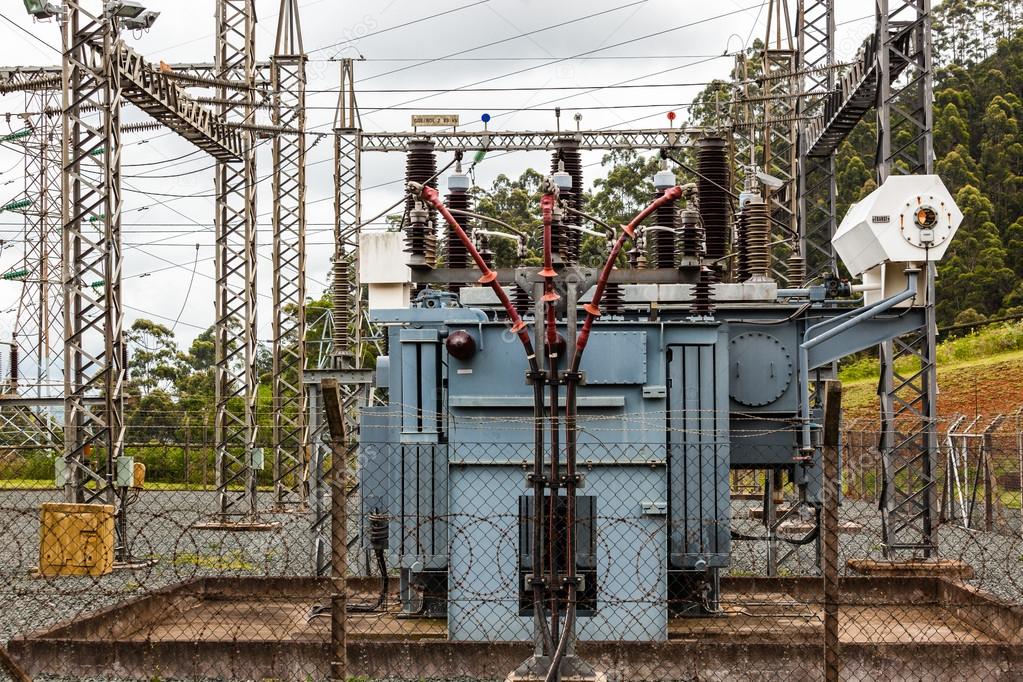Electrical Transformers. Transformers are electrical devices with the capacity to change the voltage level of an alternating current (AC) in a circuit. They function only with AC circuits, not with direct current (DC) circuits. The basic components of a transformer are; two separate coils of wire wound around a single core. The coil connected to the incoming or voltage source is the primary coil. The coil connected to outgoing or voltage output is the secondary coil. And the core is an electromagnetic device that impedes (limits) or amplifies (increases) voltage flow according to output requirements.
A more in-depth investigation into how transformers work. Furthermore, their various types, and their common applications help provide a greater understanding of the critical function they serve. Providing usable power to operate computers, appliances, lighting fixtures, and a wide range of other electrical and electronic devices. Electrical Transformers

How Transformers Work and Their Different Types
Transformers do not generate electrical power. Instead, they transfer it from one AC circuit to another. This transfer process begins when an electrical current enters a transformer. The current enters via a connection to the primary coil; (also called a winding because it winds around a portion of the core). This winding around the core converts the electrical power into a magnetic field. Which then flows through the core and into the windings of the secondary coil. Furthermore, the secondary coil turns the electromagnetic flow back into electrical power at the necessary output voltage required. Electrical Transformers
As indicated above, there are four primary components to a basic transformer:
- Input Connections: Also referred to as the primary side, the input connection is where power enters into the transformer.
- Output Connections: The output connection—or secondary side—of the transformer transmits converted power (either increased or decreased) outside of the transformer to the load.
- Transformer Windings: In most cases, the primary and secondary windings are not single coils, but multiple coils linked to their main input or output source to decrease flux (a measure of the strength of an electric field through a given surface). The amount of voltage increase or decrease relates to the turns ratio of the primary and secondary windings or the number of turns of each coil around the core. For example, a transformer with a turns ratio of 3:1 would convert 3 volts to 1 volt in a step-down transformer, and a ratio of 3:5 would convert 3 volts to 5 volts in a step-up transformer.
- Transformer Cores: The transformer core enhances the magnetic coupling between the primary and secondary circuits. It provides a controlled pathway for magnetic flux through the transformer from the primary windings to the secondary windings. Cores are not a solid bar of steel. Instead, they are constructed of many thin laminated sheets of steel. This construction helps to limit or eliminate the buildup of heat inside the transformer. There are two types of cores used in transformers; core type and shell type. Which are distinguished from each other by the placement of the primary and secondary coil. The windings wrap around the core in the core-type variation, while in the shell-type variation the core surrounds the windings.
The various categories of transformers include:
Power Transformers
Power transformers increase or decrease line voltages, and, if needed for integrated circuit or other specialized circuit operations, can aid with the transformation from AC voltage to DC voltage. Operation of these transformers occurs at one of three frequencies measured in hertz (Hz), or the number of cycles per second. Though some switch power transformers operate at frequencies of 2.5 megahertz and greater, standard linear power transformers operate at frequencies of 50 Hz, 60 Hz, and 400 Hz.
Since frequency remains constant from source to output in a power transformer. Hertz is an important measurement that affects the size of the core and the amount of heat generated by the transformer. This measurement; along with primary voltage, secondary RMS voltage and current, mounting characteristics, and, sometimes; primary-to-secondary breakdown voltage must be considered when designing or purchasing a power transformer.
Isolation Transformers vs. Auto-transformers
Isolation transformers and autotransformers are two opposing types of power transformers.
Isolation transformers consist of primary and secondary windings that are not connected as they are wound independently of each other. Moreover, this design allows these devices to isolate portions of the circuit, preventing shock.
On the other hand, auto-transformers make use of a portion of the primary winding as a part of the secondary winding, which creates a direct connection between the two lines using copper wire. These devices use less copper in the coils, making them both less expensive and more compact. Their main destination application is in US-made appliances where foreign markets where line voltages are 230V, and the device must operate at 115V.
Audio Transformers
An audio transformer performs a different function than a power or isolation transformer. Audio transformers convert the electrical signals that carry sound. The coils in audio transformers have varying levels of impedance (resistance of an electric circuit, measured in ohms in frequencies ranging from 20 Hz to 100,000 Hz. Furthermore, varying levels of impedance in audio components are produced by changes in the core material or turn ratio of the transformer and affect the quality of the sound.
Pulse Transformers
This type of transformer processes pulses of very high frequency electrical currents without signal distortion. Designing a pulse transformer to simultaneously step up or step down the pulse relates to the turns ratio of the coils. This transformer type has the capacity to couple an AC pulse from one circuit to another while blocking DC signals at the same time.
For more info, visit this link page.
Sources(s): https://info.triadmagnetics.com/

